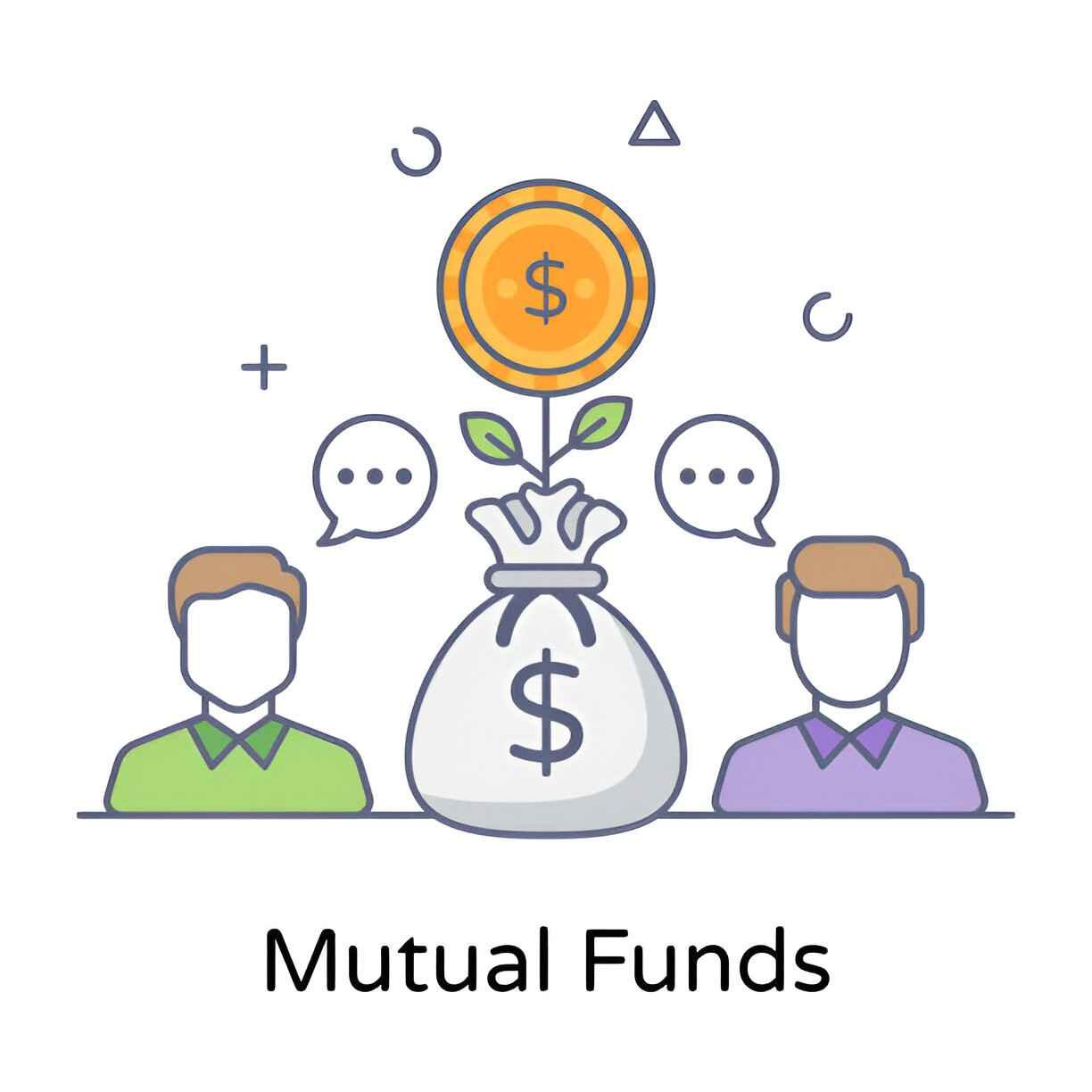As a finance expert, I often get asked by small investors how they can grow their wealth without taking excessive risks. My answer is simple: mutual funds. Mutual funds offer a structured, diversified, and professionally managed way to invest, even if you start with a small amount. In this article, I’ll break down the key advantages mutual funds provide to small investors, backed by data, calculations, and real-world examples.
Table of Contents
1. Diversification Reduces Risk
One of the biggest challenges small investors face is putting all their money into a single stock or asset. If that stock crashes, their entire investment suffers. Mutual funds solve this problem by pooling money from multiple investors and spreading it across dozens or even hundreds of securities.
How Diversification Works
Diversification follows the principle that not all assets move in the same direction at the same time. The risk (volatility) of a portfolio can be calculated using the formula:
\sigma_p = \sqrt{w_1^2 \sigma_1^2 + w_2^2 \sigma_2^2 + 2 w_1 w_2 \sigma_1 \sigma_2 \rho_{1,2}}Where:
- \sigma_p = Portfolio standard deviation (risk)
- w_1, w_2 = Weights of assets in the portfolio
- \sigma_1, \sigma_2 = Standard deviations of the two assets
- \rho_{1,2} = Correlation coefficient between the two assets
A well-diversified mutual fund minimizes risk because the correlation between assets (\rho) is often less than 1.
Example: Single Stock vs. Mutual Fund
| Scenario | Investment | Outcome (1-Year Return) |
|---|---|---|
| Single Stock | $1,000 in Company A | +50% or -30% |
| Mutual Fund | $1,000 in S&P 500 Index Fund | Average historical return: ~10% |
A single stock can swing wildly, but a mutual fund tracking the S&P 500 smooths out volatility.
2. Professional Management at Low Cost
Most small investors lack the time or expertise to analyze stocks, bonds, or economic trends. Mutual funds are managed by professionals who make investment decisions based on research and market trends.
Expense Ratios: What You Pay for Management
Mutual funds charge an annual fee called the expense ratio, expressed as a percentage of assets. For example:
\text{Annual Cost} = \text{Investment} \times \text{Expense Ratio}If you invest $10,000 in a fund with a 0.5% expense ratio:
\$10,000 \times 0.005 = \$50 \text{ per year}Compared to hiring a personal financial advisor (who may charge 1-2% or more), mutual funds are cost-effective.
Active vs. Passive Funds
| Fund Type | Management Style | Avg. Expense Ratio | Best For |
|---|---|---|---|
| Active | Fund managers pick stocks | 0.5% – 1.5% | Investors seeking outperformance |
| Passive (Index) | Tracks a market index | 0.03% – 0.2% | Cost-conscious investors |
Index funds, like those tracking the S&P 500, often outperform actively managed funds over the long term due to lower fees.
3. Accessibility with Small Investments
Many mutual funds allow investors to start with as little as $100 or less. This makes them ideal for small investors who can’t afford to buy individual stocks in large quantities.
Example: Dollar-Cost Averaging (DCA)
DCA involves investing a fixed amount regularly, reducing the impact of market volatility.
Suppose you invest $200 monthly in a mutual fund:
| Month | Investment | Share Price | Shares Bought |
|---|---|---|---|
| Jan | $200 | $50 | 4 |
| Feb | $200 | $40 | 5 |
| Mar | $200 | $60 | 3.33 |
| Total | $600 | Avg. Price: $48.98 | 12.33 Shares |
The average cost per share (\$600 / 12.33 = \$48.66) is lower than the arithmetic average price ((\$50 + \$40 + \$60)/3 = \$50). This is the power of DCA.
4. Liquidity and Flexibility
Unlike real estate or fixed deposits, mutual funds allow you to redeem shares at the current Net Asset Value (NAV) on any business day.
NAV Calculation
\text{NAV} = \frac{\text{Total Assets} - \text{Total Liabilities}}{\text{Number of Outstanding Shares}}If a fund has $10 million in assets, $1 million in liabilities, and 1 million shares:
\text{NAV} = \frac{\$10M - \$1M}{1M} = \$9 \text{ per share}This transparency ensures fair pricing when you buy or sell.
5. Tax Efficiency and Automatic Reinvestment
Many mutual funds offer automatic dividend reinvestment, compounding returns over time. The formula for compound growth is:
A = P \left(1 + \frac{r}{n}\right)^{nt}Where:
- A = Future value
- P = Principal investment
- r = Annual return
- n = Compounding frequency
- t = Time in years
Example: Reinvesting Dividends
If you invest $5,000 in a fund yielding 7% annually with quarterly compounding:
A = \$5,000 \left(1 + \frac{0.07}{4}\right)^{4 \times 10} = \$10,032.39Without reinvestment, you’d only earn $3,500 in dividends over 10 years.
6. Regulatory Protection
The SEC (Securities and Exchange Commission) strictly regulates mutual funds, ensuring transparency in fees, holdings, and performance reporting. This reduces fraud risk compared to unregulated investments like cryptocurrencies.
7. Variety of Choices for Different Goals
Mutual funds cater to different risk appetites:
| Fund Type | Risk Level | Expected Return | Best For |
|---|---|---|---|
| Money Market | Low | 1-3% | Short-term savings |
| Bond Funds | Medium | 3-6% | Conservative investors |
| Stock Funds | High | 7-10%+ | Long-term growth |
Case Study: Retirement Planning
A 30-year-old investing $300/month in an S&P 500 index fund (assuming 8% annual return) would have:
FV = \$300 \times \frac{(1 + 0.08/12)^{12 \times 35} - 1}{0.08/12} \approx \$735,000This demonstrates how small, consistent investments in mutual funds can build substantial wealth.
Final Thoughts
Mutual funds democratize investing by offering diversification, professional management, and affordability. While no investment is risk-free, mutual funds provide a balanced approach for small investors to grow wealth systematically. If you’re starting with limited capital, consider low-cost index funds as a foundation for your portfolio.





